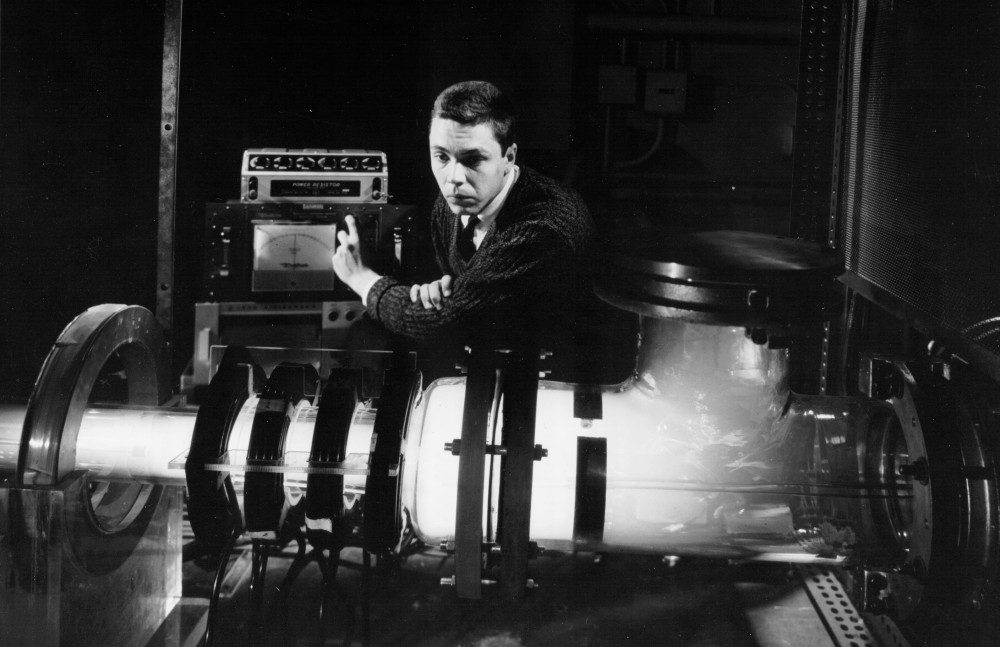Russia will make a plasma rocket engine for deep space exploration

One of the first prototypes of a plasma engine at the NASA Research Center. Lewis in Cleveland, 1961
The Scientific and Technical Council of NPO Energomash together with the Research Center Kurchatov Institute decided to submit an application to the Advanced Research Foundation for the implementation of the project of an electrodeless plasma rocket engine (BPRD). Already identified the scope of work to create a laboratory sample.
A plasma engine is an electric rocket engine (ERE), whose working fluid acquires acceleration while in a state of plasma. The idea of this type of engine was proposed by the Russian physicist Alexei Ivanovich Morozov in the 60s. Now they are used mainly to maintain the stationary points of geostationary communications satellites.
Plasma engine from "Energomash" with a capacity of more than 100 kW is suitable not only for geostationary satellites, but also for long-distance interstellar flights.
')
In recent years, the development of various types of plasma engines of a new generation began in various countries, including a joint project of a helicon plasma engine in the European Space Agency, Iranian Space Agency and the Australian National University. The American Ad Astra Rocket Company with the Canadian Nautel is experiencing a 200-kilowatt VASIMR plasma engine.

VASIMR
“Numerous variants of existing electric propulsion systems have proven their positive qualities: high momentum (flow rate of the working substance) and low mass flow rate of the working fluid, which allows spacecraft to fly long distances,” Roskosmos reported . - However, the existing drawbacks of electric propulsion - low thrust - impose certain restrictions on the use of such propulsion systems - flights over long distances last a very long time. Today, electric propulsion is used as engines for adjusting the orbits and orientation of small spacecraft. Typically, the power of such engines does not exceed several tens of kilowatts provided by solar batteries in near-earth orbits. ”
The Russian engine will be unique in many ways.
The currently considered version of the electrodeless plasma rocket engine is a new generation of electric propulsion. It has high energy efficiency, the ability to use almost any substance as a working medium , can change the value of the specific impulse, and the maximum engine power is limited practically only by the power supply of the high-frequency generator. Also, an engine of this type can potentially have a long service life, since all restrictions associated with exposure to an energy-saturated working substance with structural elements are removed.
The implementation of the ideas embodied in the proposed development became possible due to the progress in the study of plasma thermonuclear fusion processes, in the development of high-temperature superconductors technology and modern elemental base of high-frequency generators. When creating such an engine, developers will have to solve the problems of optimizing plasma processes, developing a high-frequency generator, cryogenic magnetic systems, as well as power supply systems and control of a TU. Providing a solution to these problems will require the creation of an experimental and test bench base.
The Kurchatov Institute has been developing plasma engines for several decades. In turn, AO "Design Bureau of Chemical Automation" started to deal with electric propulsion in 2010 and has already manufactured a demo sample of a magneto-plasma-dynamic motor with a capacity of up to 10 kW, as well as a 300-watt high-frequency ion engine.
Source: https://habr.com/ru/post/394651/
All Articles